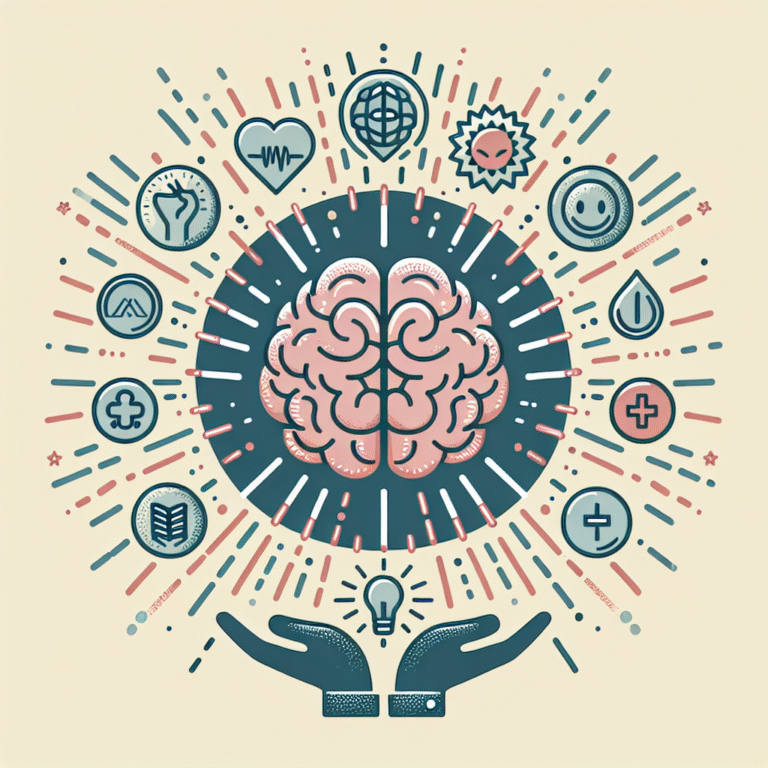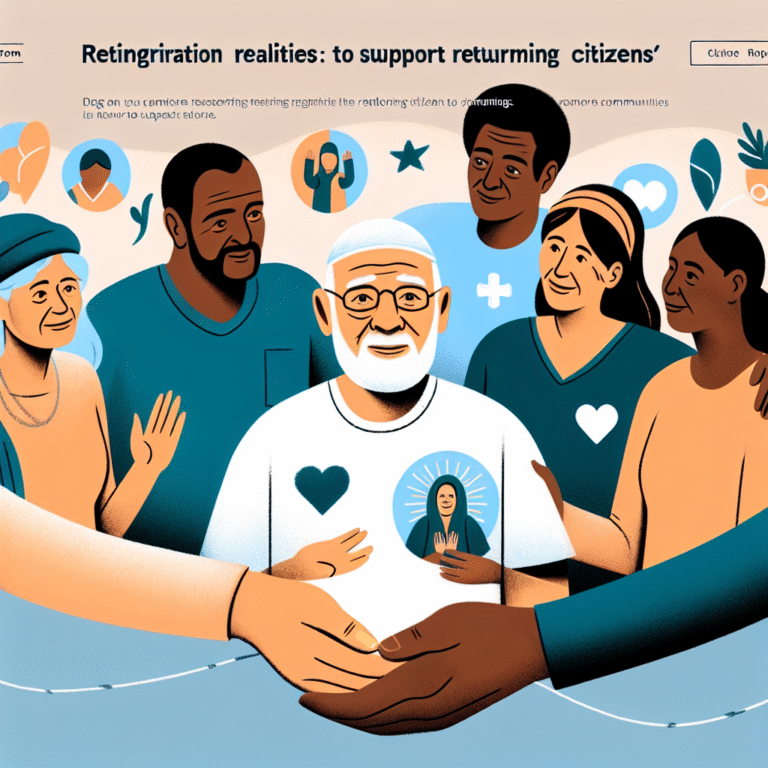
Introduction
Imagine a world where your perception of pain is not merely a physical sensation but a transformable experience influenced by your thoughts and emotions. Pain isn’t just a biological signal; it’s a complex interplay of psychological and physiological factors. Understanding this connection can empower you to shift your experience of discomfort, offering a more fulfilling way of approaching life’s challenges. In this article, we’ll explore “Pain and the Brain: How Psychology Can Transform Your Experience of Discomfort," revealing crucial insights, real-world applications, and evidence-backed strategies for rethinking and managing your pain.
Understanding the Brain-Pain Connection
The Neuroscience of Pain
Pain is primarily processed in the brain, where various regions work together to interpret and respond to discomfort signals. The somatosensory cortex, located in the parietal lobe, plays a vital role in recognizing the location and intensity of pain. However, emotional regions such as the anterior cingulate cortex and amygdala are equally important, connecting emotional responses to physical pain.
The Dual Processing of Pain
Research indicates that the experience of pain can be categorized into two types: acute pain and chronic pain. Acute pain, such as a stubbed toe, usually fades quickly, while chronic pain can persist long after an initial injury, often linked to psychological factors.
The Role of Psychology
The experience of pain is not just about nerve signals; psychological factors such as beliefs, expectations, and emotions significantly shape our perception of discomfort. For instance, a study conducted at the University of Southern California found that those who viewed their pain positively had a higher pain tolerance than those who viewed it negatively.
Psychological Approaches to Transforming Pain Experience
Cognitive Behavioral Therapy (CBT)
Cognitive Behavioral Therapy has been one of the most effective psychological approaches to managing pain. CBT focuses on changing negative thought patterns surrounding pain. By challenging irrational beliefs about pain, individuals can decrease the emotional impact and, subsequently, the intensity of their discomfort.
Case Study: Patient A
Background: Patient A suffered from chronic back pain for over two years, which severely limited her daily life and increased her anxiety levels.
Treatment: Through a 12-week CBT program, Patient A learned to identify negative thoughts associated with her pain, like, "I’ll never get better." She replaced these with constructive affirmations, ultimately improving her coping strategies.
Outcome: Within months, Patient A reported a significant reduction in pain levels and increased mobility. Her transformed perception of pain empowered her to actively participate in physical therapy, resulting in substantial recovery.
Mindfulness and Acceptance
Mindfulness emphasizes being present with one’s thoughts and feelings without judgment. It teaches patients to acknowledge pain without necessarily reacting to it.
Case Study: Patient B
Background: Patient B experienced fibromyalgia, characterized by widespread musculoskeletal pain, fatigue, and emotional distress.
Treatment: Patient B enrolled in a mindfulness-based stress reduction program, which included meditation, body scanning, and yoga.
Outcome: After eight weeks, Patient B reported not only reduced pain perceptions but also increased life satisfaction. Mindfulness helped her become more accepting of her pain without letting it dominate her life.
| Key Psychological Approaches | Description | Primary Benefits |
|---|---|---|
| Cognitive Behavioral Therapy | Changing negative thought patterns | Reduces anxiety and pain intensity |
| Mindfulness Meditation | Increasing awareness of pain | Fosters acceptance and reduces stress |
Physiological Interventions Supported by Psychology
Biofeedback
Biofeedback is a technique that teaches patients to control physiological functions such as heart rate, muscle tension, and temperature. By understanding physical states, pain patients can employ mental strategies to alleviate discomfort.
Case Study: Patient C
Background: Patient C had migraine headaches that left her disabled for days.
Treatment: Utilizing biofeedback, she learned to recognize her body’s signals and develop relaxation techniques.
Outcome: Following several sessions, Patient C experienced not only reduced frequency of migraines but also improved coping mechanisms when they did occur.
Meditative Practices
Combining psychological insights with meditative practices enhances pain management. Research indicates that regular meditation can lead to changes in the brain’s structure and function, decreasing pain perception.
Case Study: Patient D
Background: Patient D struggled with severe arthritis pain, which affected her daily routine.
Treatment: She began meditative practices that focused on acknowledging pain without judgment.
Outcome: After practicing regularly, Patient D reported a 50% reduction in perceived pain and an enhanced sense of empowerment and control over her body.
| Approach | Description | Empirical Evidence |
|---|---|---|
| Biofeedback | Control physiological functions | Reduced pain in various chronic pain conditions |
| Meditation | Mindfulness practice for pain perception | Structural brain changes linked to reduced pain |
The Emotional Component of Pain Management
Emotional Intelligence
Understanding how emotions influence pain can help individuals manage their discomfort more effectively. Elevated emotional awareness enables individuals to recognize situations that exacerbate their pain and respond proactively.
Case Study: Patient E
Background: Patient E dealt with end-stage cancer and associated pain.
Treatment: Through emotional intelligence training, she learned to articulate her feelings and cope with emotional distress better.
Outcome: The increased emotional awareness led to a profound reduction in her pain perception, allowing her to find joy and connection, even in difficult times.
The Power of Positive Thinking
Belief systems play a crucial role in pain management. Patients who carry a positive mindset often report lower pain levels than those who do not.
Case Study: Patient F
Background: Patient F lived with post-surgical discomfort that persisted for months.
Treatment: By engaging in group therapy focused on positive affirmations and future-centric thinking, she cultivated a more optimistic outlook.
Outcome: Patient F lessened her pain experience and adopted healthier coping strategies, enriching her quality of life.
Tools for Self-Management of Pain
Journaling
Writing about one’s pain experience can help individuals process emotions and reduce anxiety surrounding discomfort. Journaling teaches patients to track patterns in their pain and identify triggers.
Visualization Techniques
Visualization involves imagining a pain-free future, which can alter the brain’s perception of discomfort. By using guided imagery, individuals can create mental pathways that lessen pain anxiety.
Breathing Exercises
Deep breathing techniques can activate the body’s relaxation responses, decreasing muscle tension and emotional distress associated with pain.
Conclusion
The intricate relationship between pain and the brain underscores the importance of understanding psychological factors in pain management. Through psychological interventions, patients can effectively transform their experience of discomfort, fostering resilience and empowerment. In the journey of grappling with pain, it’s essential to remember that one’s mindset can significantly shape the outcome. By adopting evidence-based psychological strategies, anyone can discover their unique path to pain management, unlocking a more fulfilled life free from the burdens of discomfort.
FAQs
1. How does psychological well-being impact pain?
Psychological factors such as stress, anxiety, and depression can exacerbate pain. By improving emotional well-being, individuals often experience a reduction in pain perceptions.
2. Can mindfulness help with chronic pain?
Yes, mindfulness practices can help patients accept and cope with their pain, often leading to reduced pain levels and improved quality of life.
3. What is the role of belief systems in pain management?
Beliefs and attitudes toward pain significantly influence one’s pain experience. A positive outlook tends to correlate with lower pain levels.
4. Is CBT effective for all types of pain?
While CBT is effective for many, individual responses can vary. It’s best combined with other treatments for comprehensive pain management.
5. How can journaling help in managing pain?
Journaling allows individuals to articulate their pain experiences and emotional responses, facilitating greater insight and coping strategies.
In the journey of understanding "Pain and the Brain: How Psychology Can Transform Your Experience of Discomfort," the embrace of psychological insights stands as a beacon of hope and empowerment. Through these processes, individuals can rekindle their agency in the face of pain, illuminating the path toward a meaningful, fulfilling life.

















